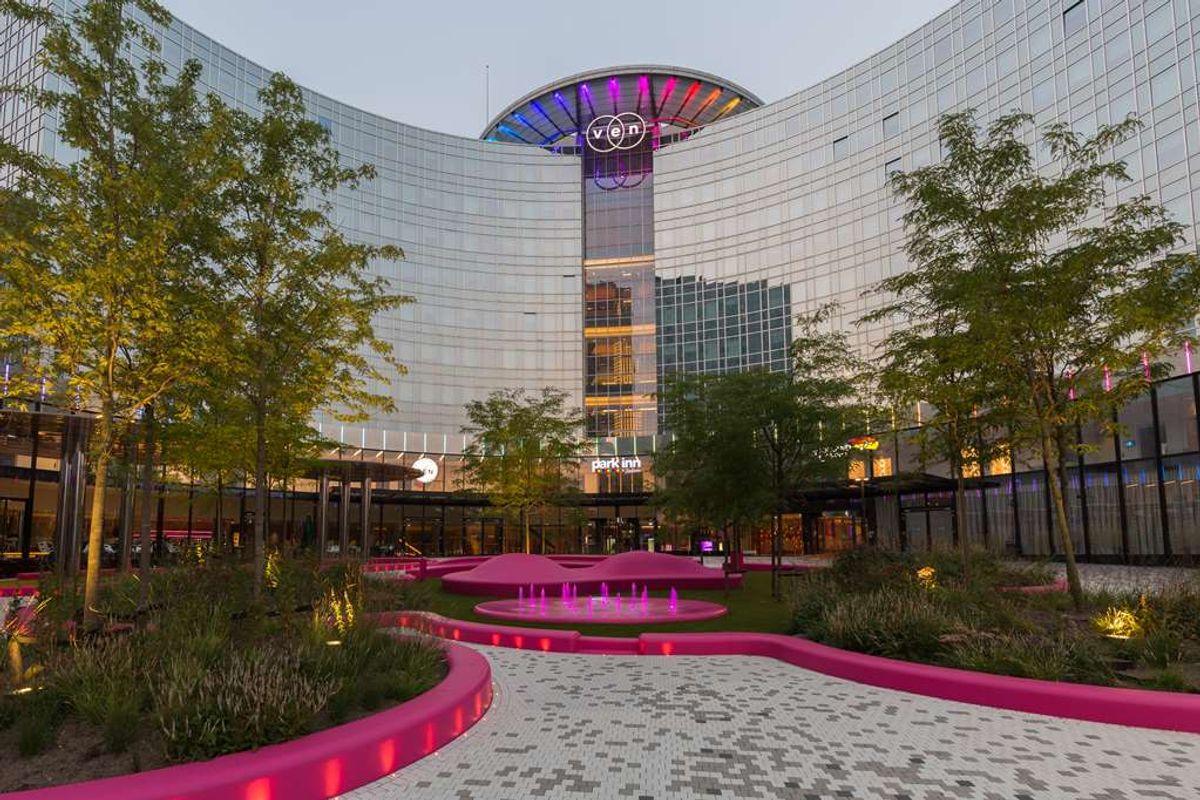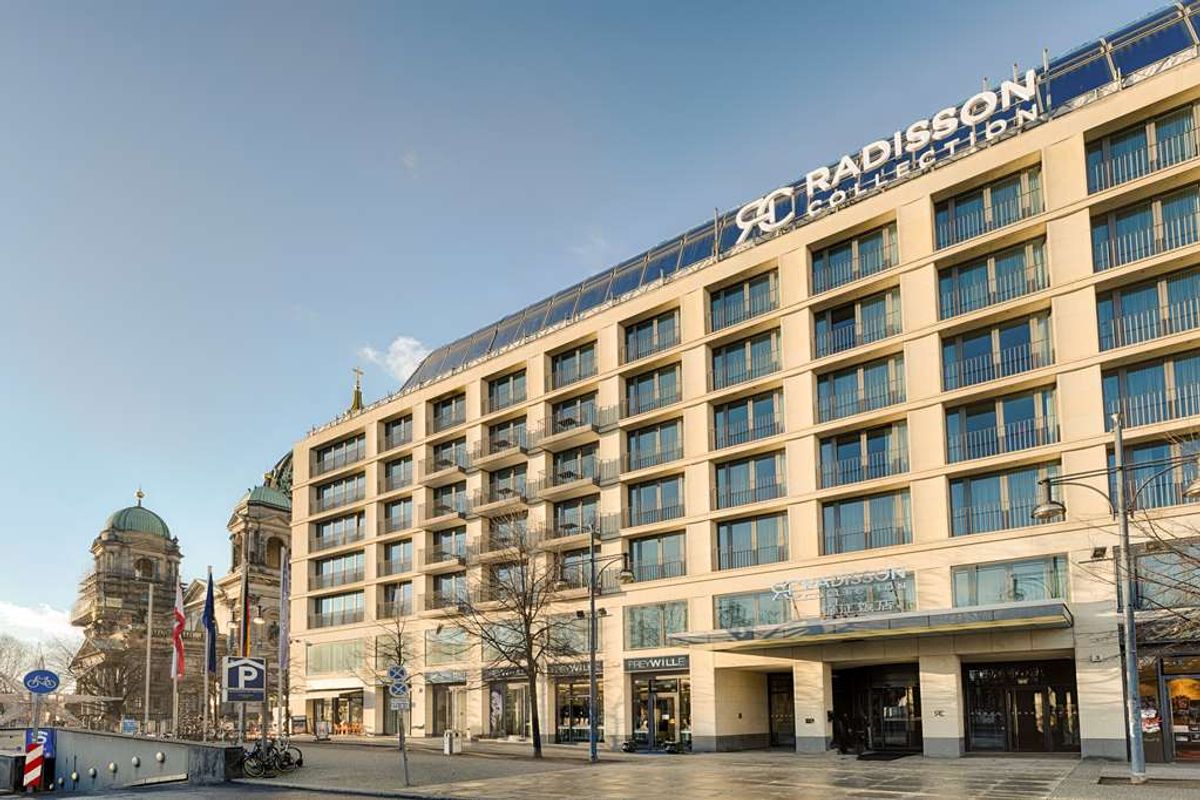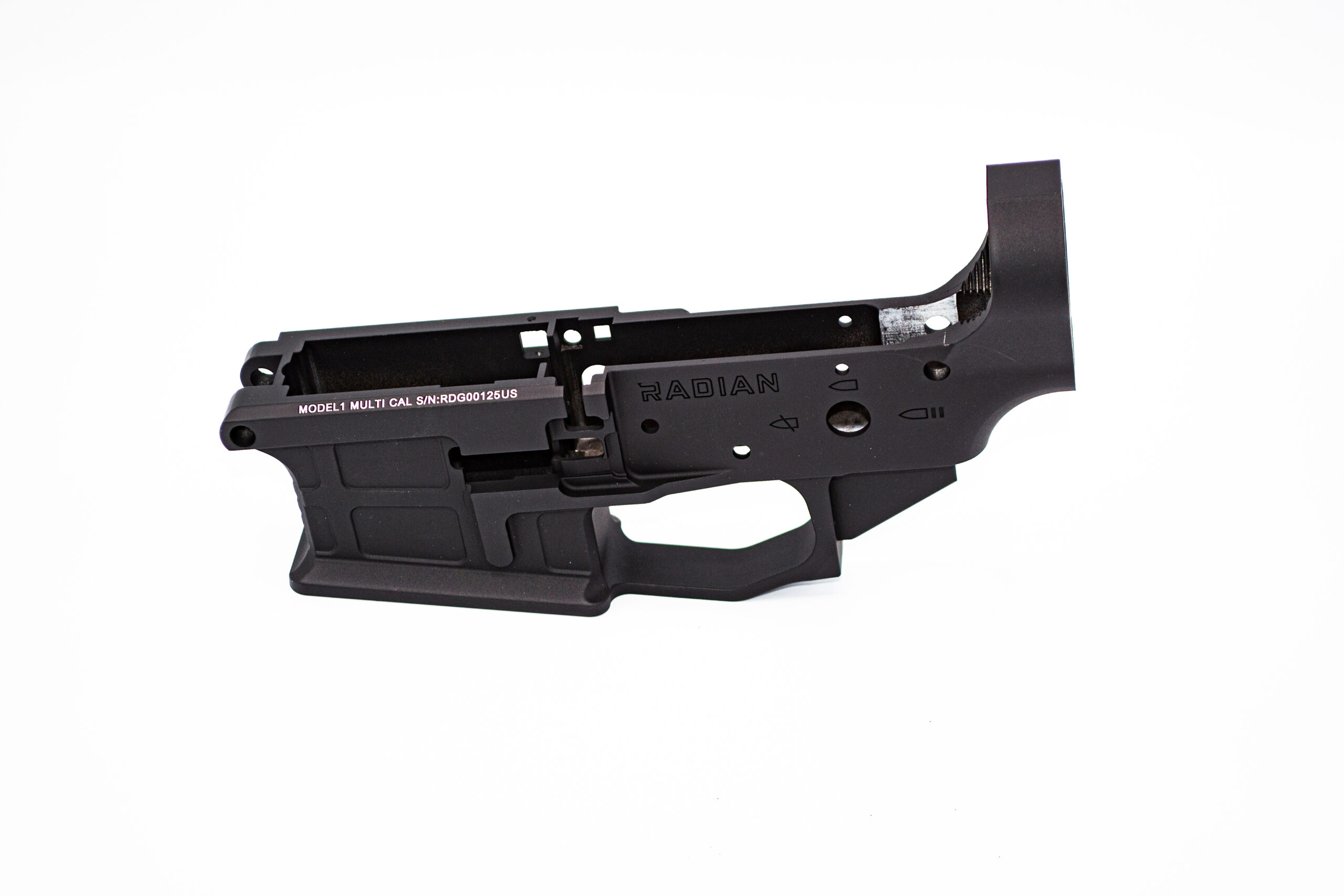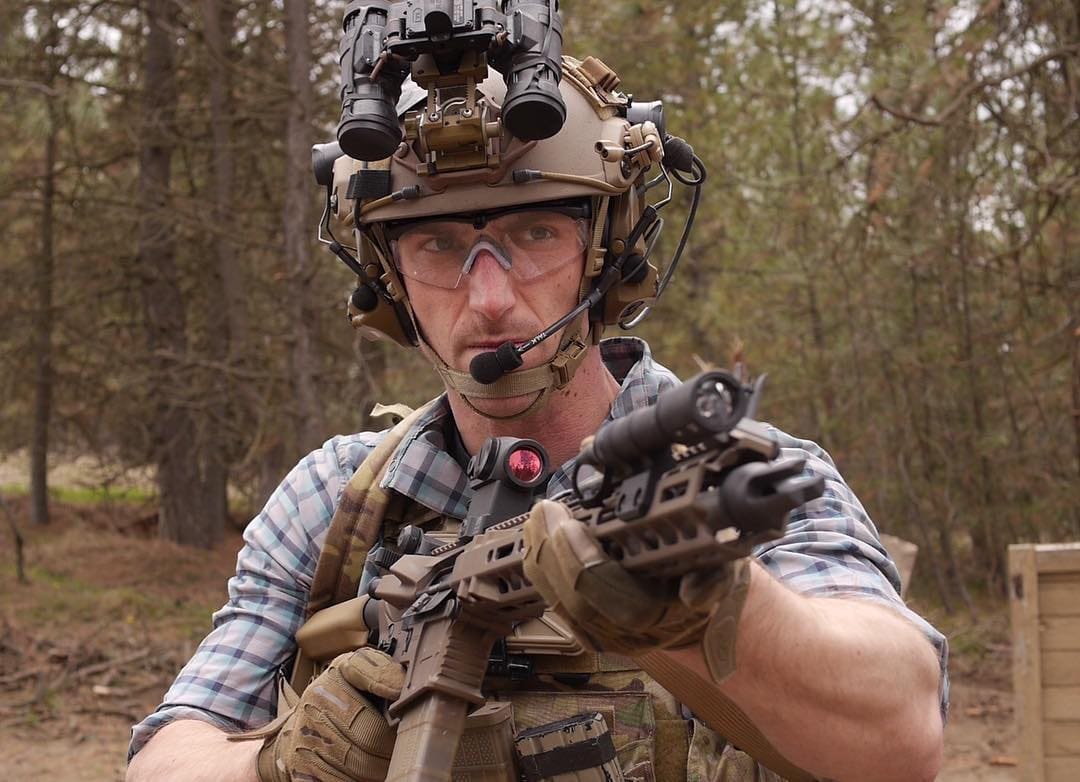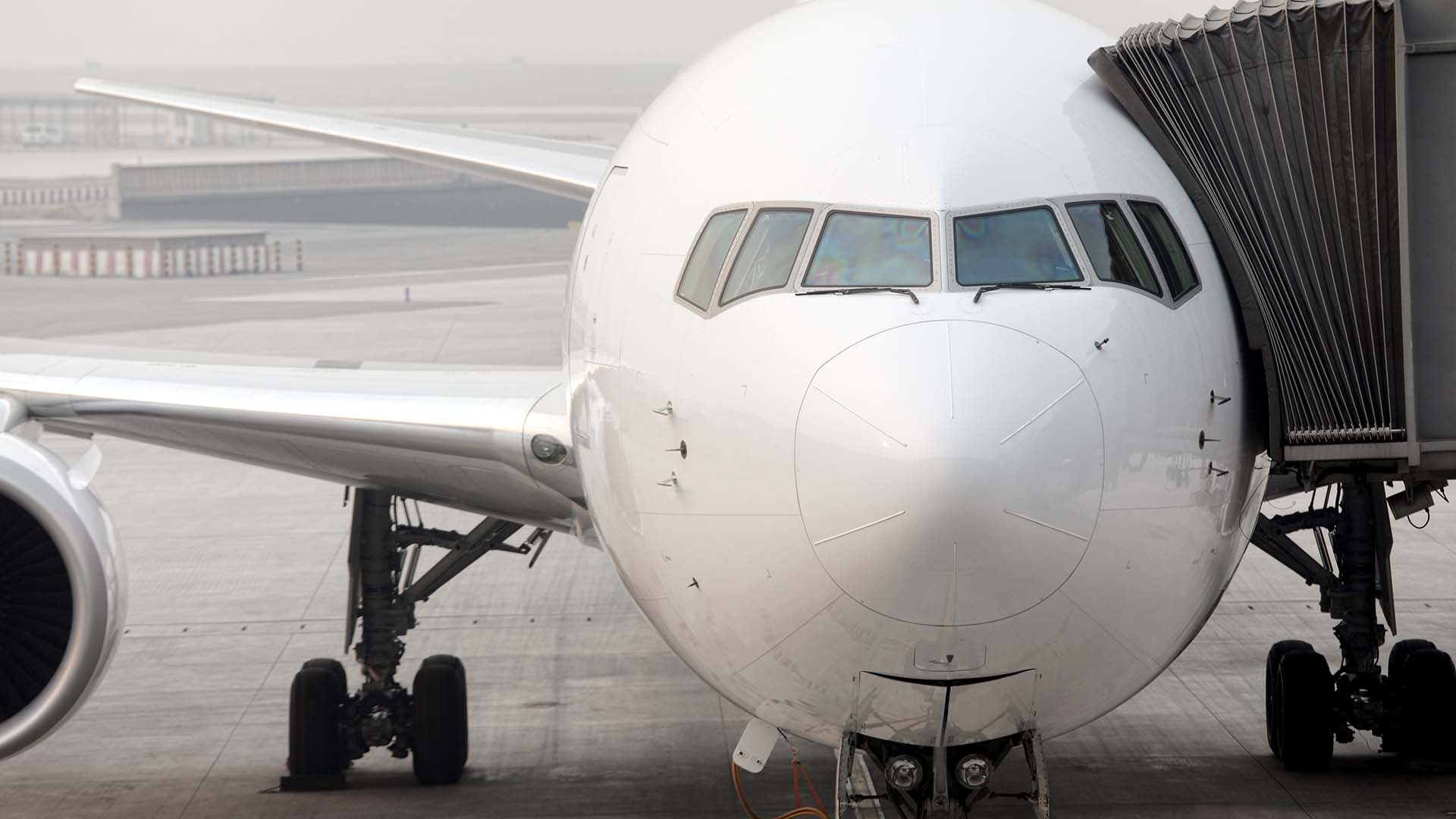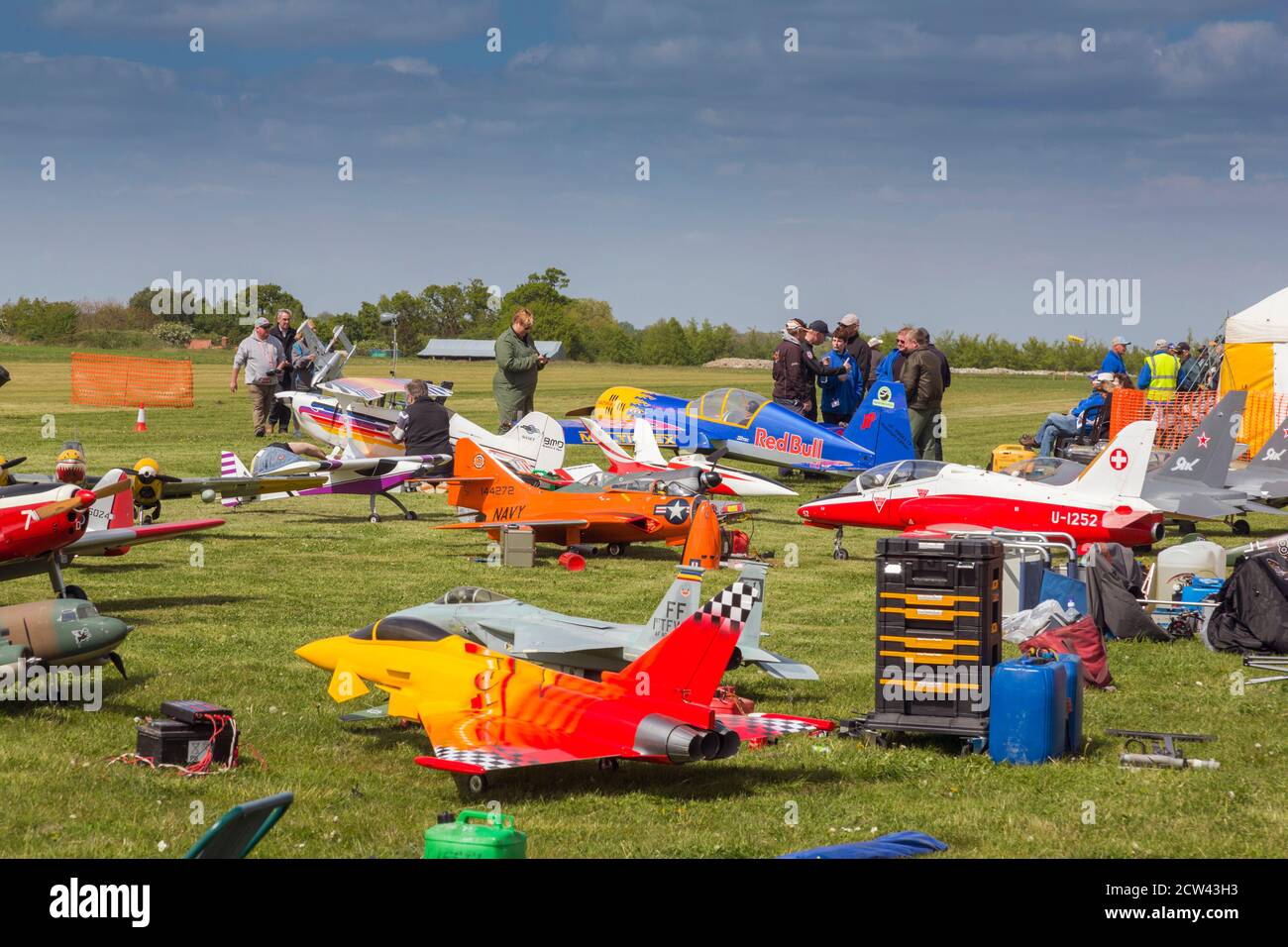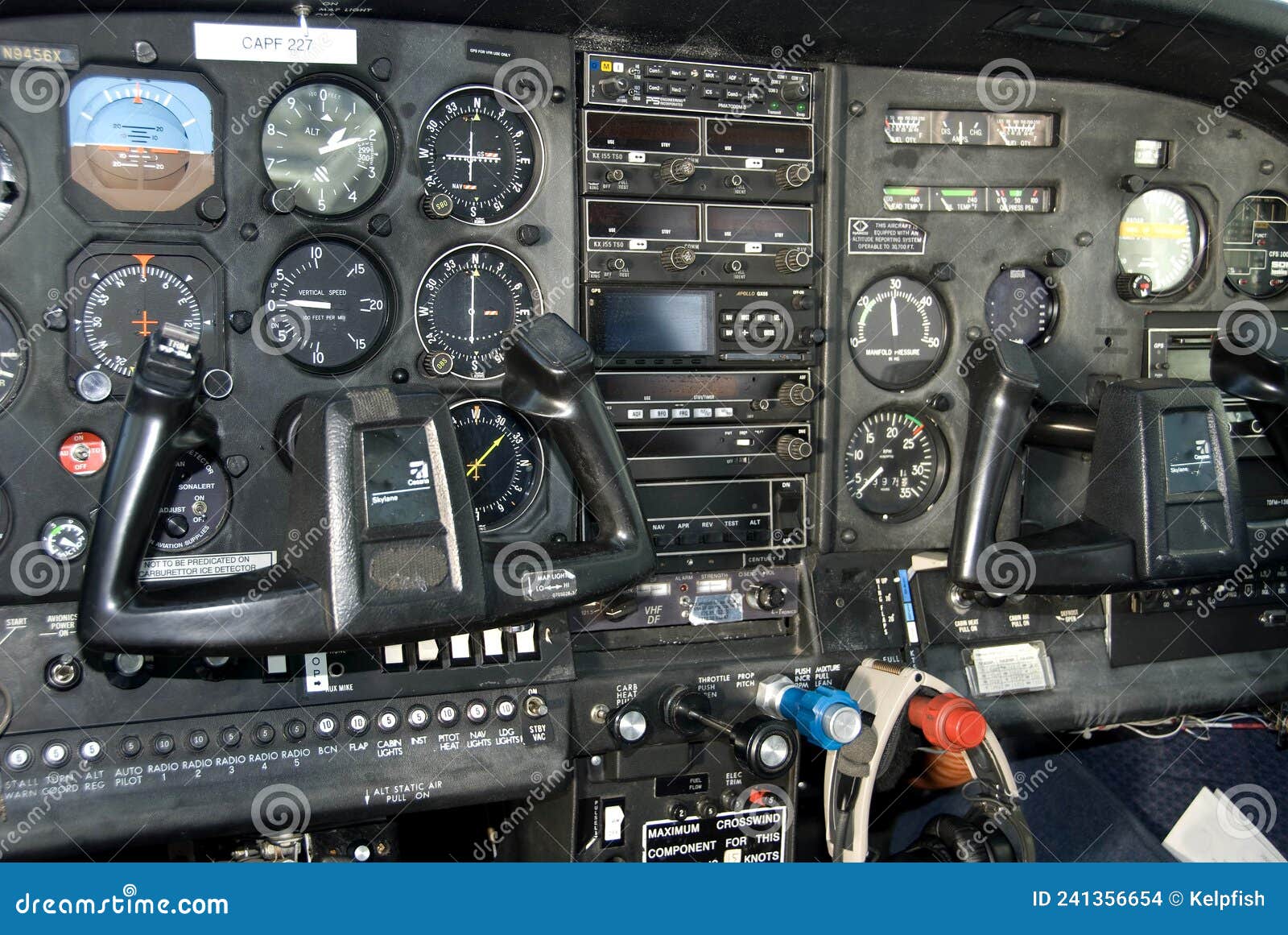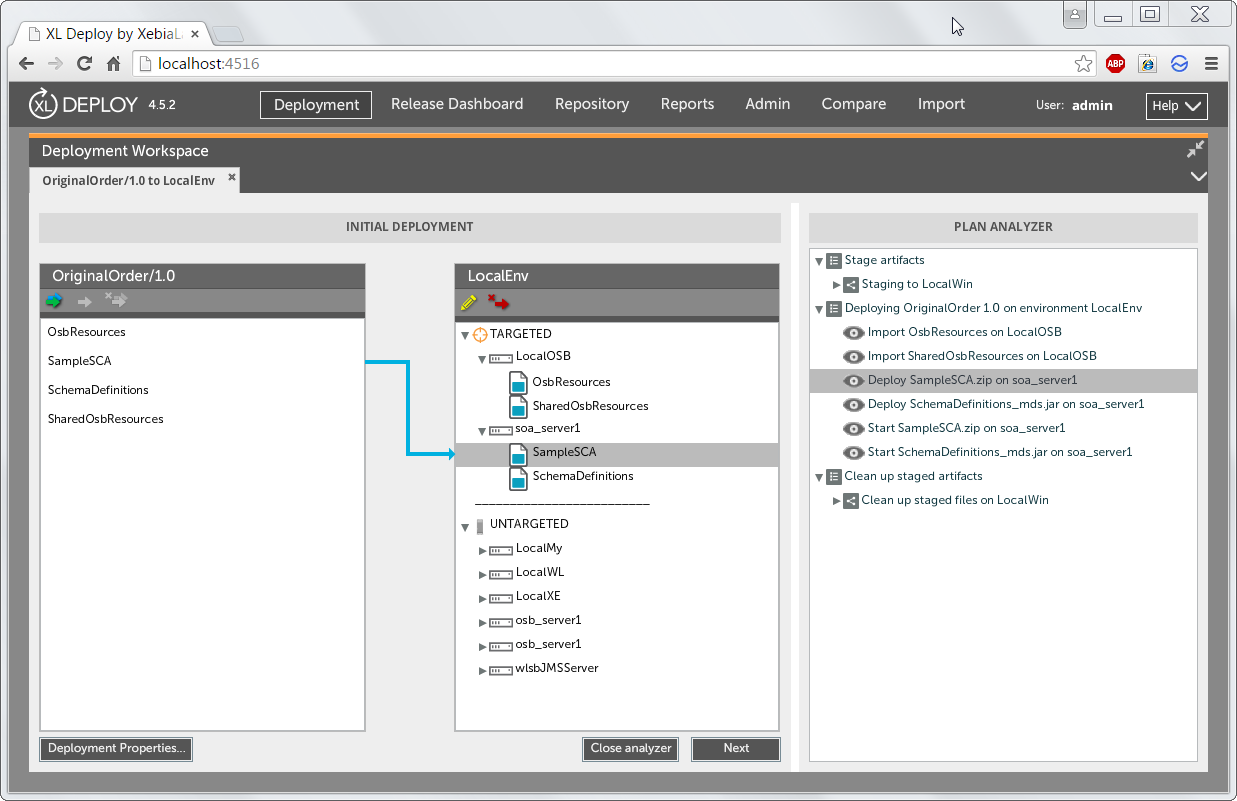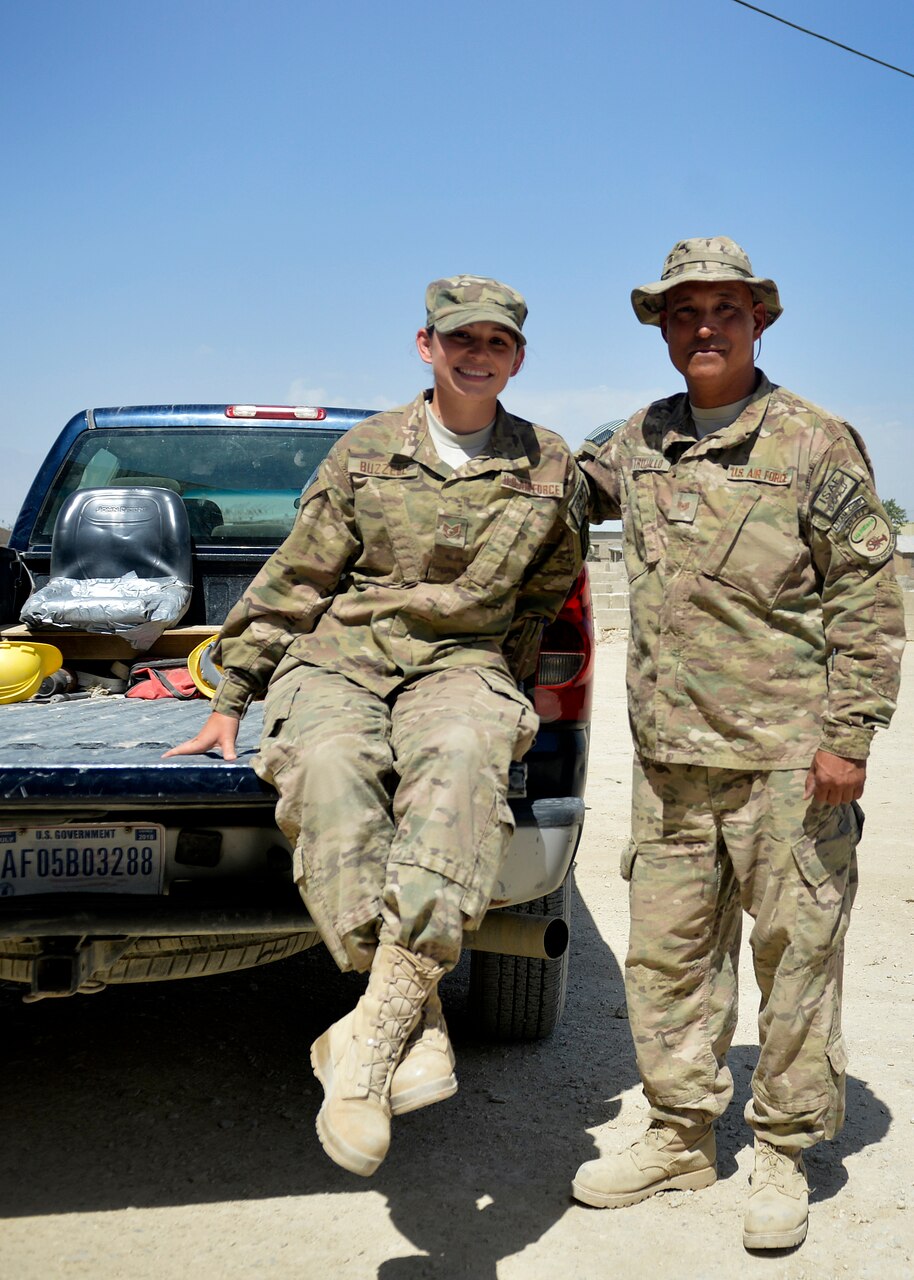Radial Engines For Aircraft - If you were asked to list the most common engine types in cars, you'd probably say inline, boxer, V-shaped and be done with it. And indeed you would be right as these are the most widely used types of motors in the industry. Some may even mention rotary engines or electric motors, but that's probably it. Although there are many configurations of these types of engines, there is an unusual type of engine that is very rarely used in cars. And we're not talking about the big manufacturers, we're talking about die-hard enthusiasts and crazies who put radial engines in cars!
Radial engines were first developed in the early 20th century. The first documented radial engines date back to 1901. The idea is quite simple. Instead of having the cylinders and pistons arranged in a straight line or opposite each other, the cylinders are arranged around a central crankshaft in a circle. All the technical details are explained here for those who want to learn. Radial engines can range from 3 cylinders in a single bank to 42 cylinders staggered across multiple banks. The biggest advantages of such engines are relatively simple construction, smooth operation and durability. There are countless stories of early fighter pilots who returned home safely with engines with damaged cylinders and whatnot.
Radial Engines For Aircraft

While this type of engine is primarily used in aviation, especially jet propulsion before date, the radial engine is not exclusive to aircraft. Throughout history, there have been tanks, boats, and even the odd car or bicycle equipped with a radial engine. Like standard engine types, a radial engine can be air-cooled or water-cooled. One of the largest radial engines in history was the Lycoming XR-775-3. This huge engine has 36 cylinders with a total volume of 127 liters and produces 5000 horsepower. I wouldn't want to be the one paying for the gas in this one!
Aircraft Radial Engine Stock Photos
Now, since this is Petrolhead Corner and we're mostly focused on cars, let's take a look at some radial engine equipped cars. But beware, these cars are absolutely wild!
For this fascinating story, we return to the world of Grand Prix racing in Italy in the 1930s. Augusto Camillo Pietro Monaco had the idea to develop a Grand Prix racing car for the then highest class up to 750 kg. Working with friend and engineer Guilio Aymini, he set about finding financing for the car and began developing the design. It was not uncommon at that time to take engines used in early aircraft and convert them for racing, especially world speed records.
With financial and engineering support from FIAT boss Giovanni Agnelli, the duo began developing the car. A highly unconventional engine, at least for a car, was built: a twin-charged, air-cooled two-stroke 16-cylinder radial engine. Two groups of 8 cylinders were placed one behind the other and the pistons shared the combustion chamber. This complex engine was light but still capable of producing huge horsepower (at the time).
Fed up with technical problems, Giovanni Agnelli dropped out of the project at some point and the duo were on their own again. Soon after, they managed to board Count Carlo Felice Trossi, a wealthy aristocrat with a long history in racing cars, airplanes and motorboats, as well as the former president of Scuderia Ferrari.
Why Would Fire Extinguishers Be Required For Engine Starts?
Augusto Camillo Pietro Monaco, in checkered waistcoat and Count Carlo Felice Trossi, seated in a car - image sourced from the web (copyright; Museo Dell'Automobile, Turin - Carlo Biscanetti di Ruffia)
Eventually, it all came together and the Monaco-Trossi race was tested until the 1935 Italian Grand Prix at Monza. The car was fast, really fast, but unfortunately only through the narrows. The problem was that the engine and gearbox were mounted so far forward that the car was too heavy. The balance was poor and as a result the car understeered in every corner and the very light rear end became dangerously unstable under braking. With this idea, the car was withdrawn from the Italian GP and the Monaco-Trossi team ceased to operate. The car survived WWII and is now on display at the Museo dell'Automobile in Turin, Italy.
This machine is probably the most intellectual thing we've ever featured at Petrolhead Corner and something that amazes me every time because it's so crazy. This is a 1939 Plymouth Radial Air truck built by Gary Corns, a shipyard owner and mechanic in Englewood, Colorado. It's a strange combination of a classic American pick-up truck with a big old airplane engine sticking out the front.

The idea came from Gary Corns and his sons Eric and Adam and their love of aviation. As owners of a scrap yard and car dealership, the three men had access to a wide variety of parts for all types of vehicles. The truck came from a customer and only cost a few hundred dollars, and the engine was from a retired seaplane. It's actually a Jacobs 12.4 liter radial 7 cylinder engine from the early 1950's making around 300hp.
Le Rhône Rotary Aircraft Engine
It was discussed at length and eventually aired briefly on an episode of Jay Lena's Garage.
It's a really exciting machine, even this far. A custom tubular frame was built as the donor engine is significantly heavier than the original. The body was stripped, cut and nailed back together on bare metal. Channeling the power from a conventional propeller to the wheels was a challenge. From the engine to the wheels, it uses a mix of Chevrolet, Ford and custom parts. One of the most striking things is the stock round exhaust that ends up sticking out of the side of the truck.
The truck's interior is aviation-inspired, with functional dual controls for steering and driving, and leather-trimmed steel bucket seats. In terms of actual driving, this has very limited range for two reasons. It runs very hot very fast and pumps out fuel like there's no tomorrow. So it's more of a show truck than a daily driver, but you'd probably guess that. It actually comes with a vintage, similarly designed airplane trailer that Jay Leno also featured in the video.
It's one thing to replace the stock engine with a radial. It is quite another thing, as Monaco-Trossi proves, to develop a new radial engine from scratch and install it in a car. But Australian engineering company Radial Motion managed to do just that. In collaboration with Bespoke Engineering, Radial Motion designed a modular radial three-cylinder engine.
Seidel St1426, 14 Cylinder Double Row Radial Engine, Germa…
From the beginning, it was not intended for use in cars, as it was originally developed as an aircraft engine. Realizing the potential of the engine, which is not only suitable for aircraft but also for cars, the team needed a test rig to see how it performed. He ended up with a Porsche 356 built by Emory Motorsports, as well as other vehicles including a VW Beetle and a trike.
There are currently two types available, a 2.0-liter model or a naturally aspirated 2.1-liter with around 200 to 210 horsepower. Being a compact and lightweight engine, it can easily be installed in a custom car, especially one based on a Volkswagen platform. These include the VW Beetle, the station wagon and of course the Porsche 356 Outlaw you see here.
Rod Emory of Emory Motorsports is credited with creating the "Outlaw" Porsche concept, meaning the car has been significantly upgraded mechanically and aesthetically. This California-based company specializes in restoring and upgrading vintage Porsche cars and is responsible for the complete restoration of the original 1951 Porsche 356/2-63 "Gmund SL", the first Porsche to ever enter the 24 Hours of Le Mans .
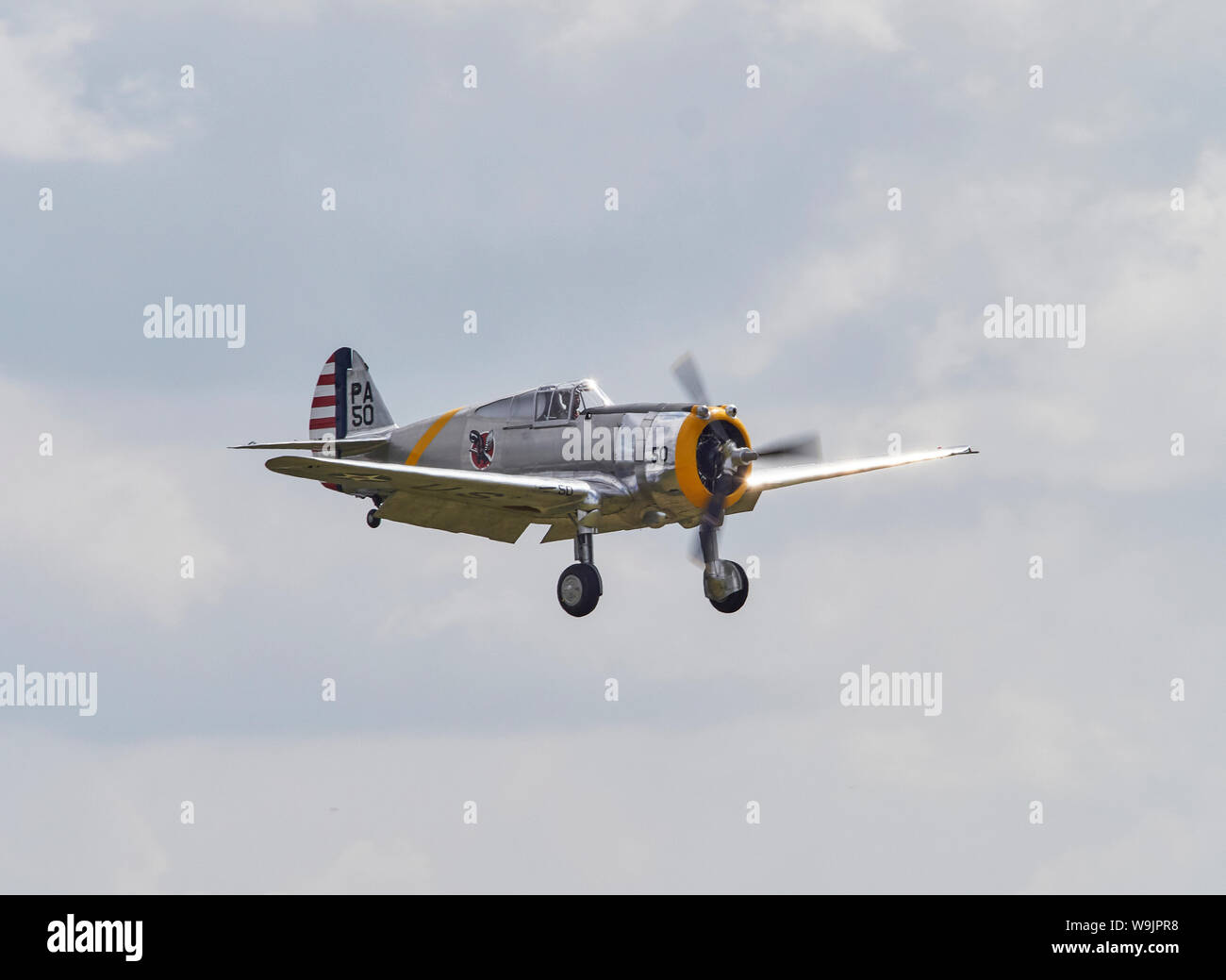
But that doesn't mean they built every Porsche Outlaw themselves, as this project makes clear. The Porsche 356 radial engine you see here was built and owned by Ron Goodman of Exclusive Body Werks in Australia. Like others, Exclusive Body Werks builds, restores and races high quality, often vintage, cars around the world. The company also offers custom built cars, for nothing the Radial Porsche 356 is a very cool project to say the least!
Vintage Twin Engine Aircraft With Turning Propellers Editorial Stock Image
The Radial Motion motor is modular, which means maintenance should be fairly simple and parts can easily be replaced as needed. Radial Motion is currently developing a supercharged (ie turbo or supercharged) version and is even talking about 6, 9 and 12 cylinder versions. If you want to build an Outlaw Porsche yourself and have a budget of around $25,000 for the engine alone, consider it! There's something cool about those two lower cylinders poking their heads out from under the rear bumper. You will definitely stand out at events like Luftgekühlt or the Porsche Rennsport Reunion.
In Jay Leno's Garage video about the 1939 Plymouth truck, he also mentions the motorcycle he has
Modern radial aircraft engines, small radial aircraft engines, used radial aircraft engines for sale, radial aircraft engines for sale, pratt and whitney radial aircraft engines, aircraft radial engines, radial aircraft engines animated, rc radial engines for aircraft, radial engines for sale, jacobs radial aircraft engines, model aircraft radial engines, curtiss wright radial aircraft engines
